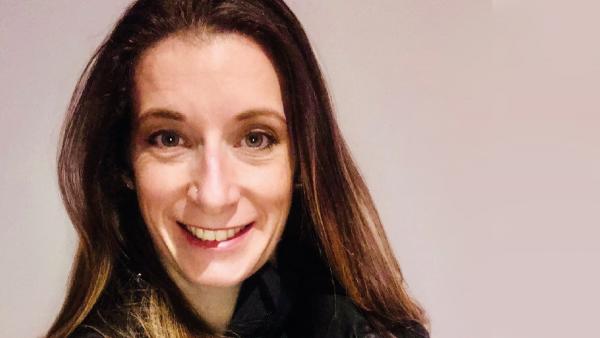Depending on the level of hearing impairment, face masks may have their place within the clinical setting

Fabric face masks demonstrate a larger decrease in speech understanding and transparent face masks produce the greatest sound attenuation (Atcherson et al. 2017; Bottalico et al., 2020)

Recommendations
- Reduce the distance between you where social distancing allows and raise the volume of your voice to ensure speech understanding is increased(Hampton et al., 2020, Radonovich et al., 2010).
- Try to reduce background noise or move into a quieter area to communicate.
- Where transparent masks are worn to increase visual cues ensure that bright lights do not cause a reflective glare (Atcherson et al., 2017).
References
Atcherson, S., Mendel, L., Baltimore, W., Patro, C., Lee, S., Pousson, M., & Spann, M. (2017). The effect of conventional and transparent surgical masks on speech understanding in individuals with and without hearing loss. Journal of the American Academy of Audiology, 28(1), 58–67 doi.org/10.3766/jaaa.15151
Bottalico, P., Murgia, S., Puglisi, G., Astolfi, A., & Kirk, K. (2020). Effect of masks on speech intelligibility in auralized classrooms. The Journal of the Acoustical Society of America, 148(5), 2878–2884 doi.org/10.1121/10.0002450
Corey, R., Jones, U., & Singer, A. (2020). Acoustic effects of medical, cloth, and transparent face masks on speech signals. The Journal of the Acoustical Society of America, 148, 2371-2375 doi.org/10.1121/10.0002279
Hampton, T., Crunkhorn, R., Lowe, N., Bhat, J., Hogg, E., Afifi, W., De, S., Street, I., Sharma, R., Krishnan, M., Clarke, R., Dasgupta, S., Ratnayake, S., & Sharma, S. (2020). The negative impact of wearing personal protective equipment on communication during coronavirus disease 2019. Journal of Laryngology and Otology, 134(7), 577–581 doi.org/10.1017/S0022215120001437
Radonovich, L., Yanke, R., Cheng, J., & Bender, B. (2010). Diminished speech intelligibility associated with certain types of respirators worn by healthcare workers. Journal of Occupational and Environmental Hygiene, 7(1), 63–70. doi.org/10.1080/15459620903404803
Number of subscribers: 1




































